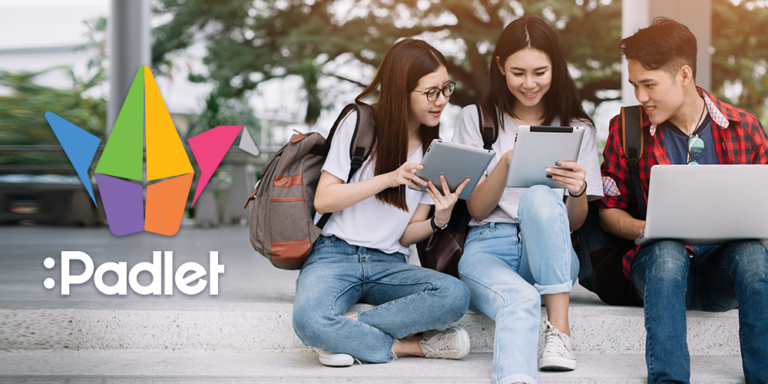Although students use technology for a variety of purposes, assistive technology (AT) can be a game-changer for learning! Assistive technology (AT) acts as a superpower for students with diverse needs. From text-to-speech software to specialized keyboards, AT tools bridge learning gaps, foster independence, and pave the way for inclusive education.
Text-to-Speech Software
Text-to-speech software is a tool that converts written text into spoken words. It provides auditory feedback by reading aloud digital text, making it accessible to students with reading difficulties or visual impairments.
Converting written text into spoken words allows students to access information at their own pace and in a format that suits their learning preferences. This technology fosters independence and confidence, enabling all students to engage with complex texts and materials effectively.
Examples:
- Read&Write: Provides text-to-speech functionality along with other literacy support features.
- NaturalReader: Offers a range of voices and customization options for reading digital text aloud.
Speech Recognition Software
Speech recognition software translates spoken words into text. It enables users to dictate text verbally, which is then transcribed into written form, offering a lifeline to students who struggle with writing or typing due to physical disabilities or learning differences.
By eliminating the barrier of traditional typing or handwriting, speech recognition softward empowers students to articulate their ideas more freely and participate fully in classroom activities and assessments. This technology enhances accessibility and inclusivity, enabling all students to communicate effectively.
Examples:
- Dragon NaturallySpeaking: Recognized for its accuracy and versatility in converting speech to text.
- Google Docs Voice Typing: Integrated into Google Docs, allowing users to dictate text directly into documents.
Audiobooks and Screen Readers
Audiobooks are recordings of spoken text, while screen readers are software programs that convert digital text into synthesized speech or Braille output. These tools provide access to written content for students with visual impairments or those who benefit from auditory learning.
This supports comprehension and engagement, enabling students to absorb information more effectively. These tools promote independence and autonomy, empowering students to navigate digital environments and participate in learning activities with confidence.
Examples:
- Voice Dream Reader: Allows users to listen to text from various sources, with customizable voices and reading options.
- NVDA (NonVisual Desktop Access): Open-source screen reader software for Windows, providing access to digital content through synthesized speech or Braille output.
Screen Magnifiers and Specialized Keyboards
Screen magnifiers enlarge on-screen content, making it easier for users with vision impairments to read text and navigate digital interfaces. Specialized keyboards are designed with features such as larger keys or customizable layouts, catering to individuals with motor control challenges.
By providing tailored solutions for digital interaction, these supports enable students to navigate technology with greater ease and efficiency. These tools promote independence and inclusivity, empowering students to participate fully in educational activities and achieve their academic goals.
Examples:
- ZoomText Magnifier/Reader: Combines screen magnification and text-to-speech functionality for users with low vision.
- BigKeys Keyboard: Features oversized keys and high-contrast labels, ideal for users with motor coordination difficulties.
Assistive Technology is not just a tool; it’s a lifeline for students facing diverse learning challenges. By embracing the potential of AT, we can create inclusive learning environments where every student has the opportunity to thrive. By championing accessibility, empowering students, and celebrating the diverse ways in which technology brings us together, we can build a brighter future where every student has the support they need to succeed.
Learn more about harnessing the power of assistive technology in course 5310: Empowering Students with Assistive Technology. This course provides space for both discovery and application to empower students through the use of AT!
About the Author

Betsy Butler (she/her) is a Professional Learning Specialist at Teaching Channel. She holds a B.A. in English, a Master’s in Education, and has been teaching since 1992. Betsy uses her three decades of teaching experience to write and revise our courses while selecting the perfect accompanying texts. Her specialty areas include ELA, special education topics, behavior management, and mental health.
Fun Fact: Betsy’s daily conquest is solving the New York Times crossword puzzle!






